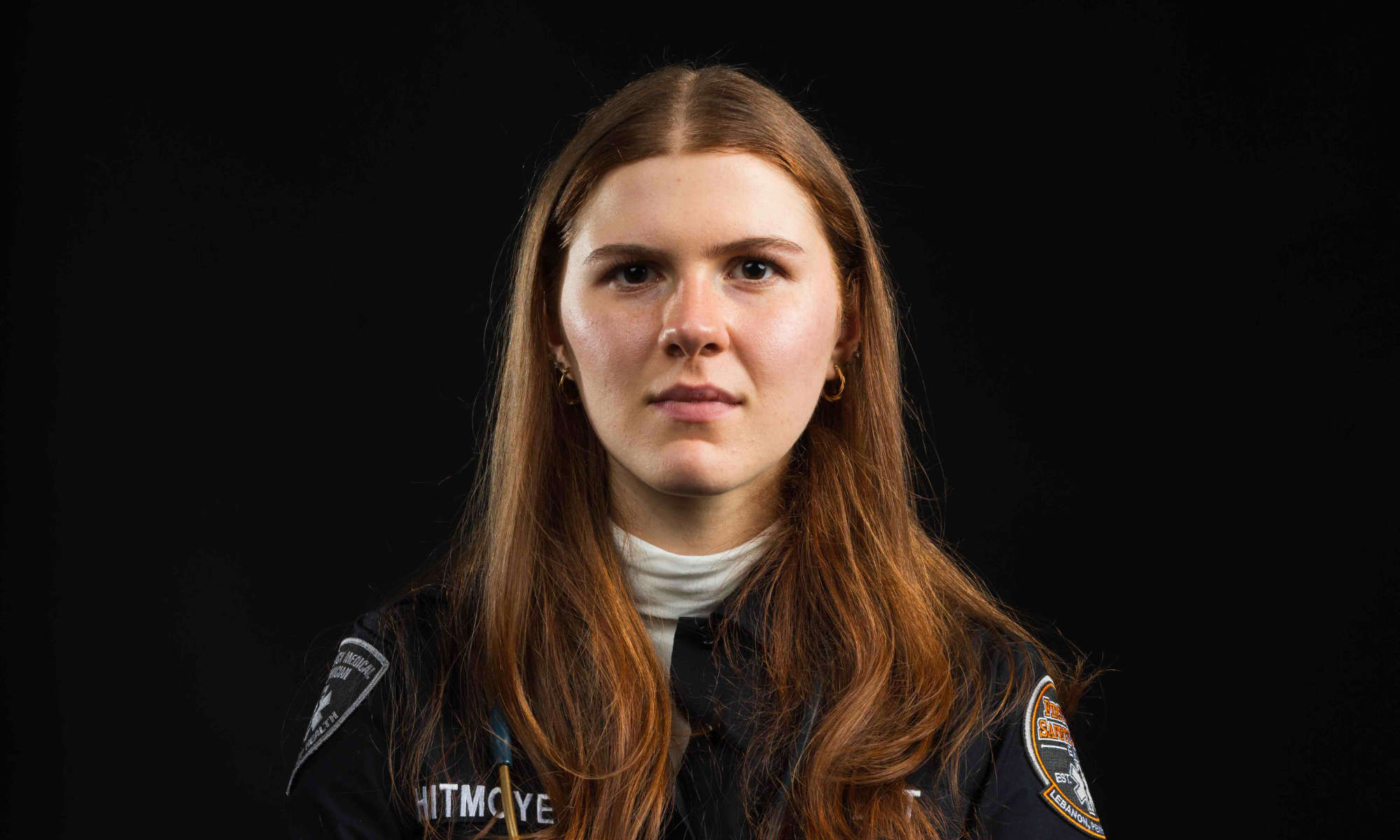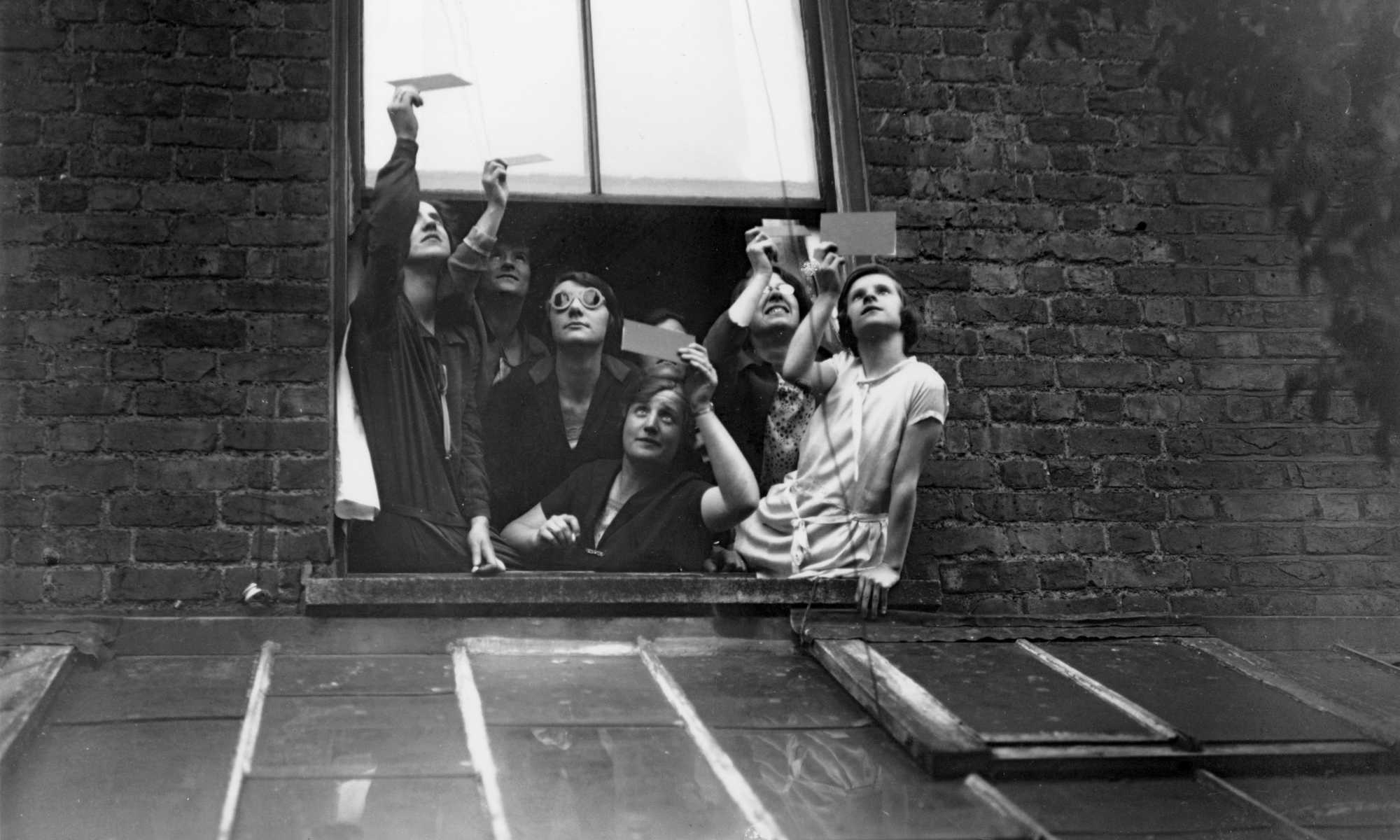“With an impressive ‘war cry,’ Nick Van Swol started his team’s all-terrain vehicle down an obstacle-strewn course in Auburn, Alabama—and almost immediately ran out of bounds. Undeterred, Nick returned later that afternoon, and with an even more impressive war cry not only finished the course but placed 26th among 100 teams competing in the event.”
University Baja SAE team members have traveled to Auburn; Pittsburg, Kansas—even as far as Portland, Oregon, last spring—to race the all-terrain vehicles they design and build against student teams from other universities.
From June 9 to 12, however, they’ll compete in their own back yard, when Rochester Institute of Technology hosts a Baja SAE competition that will attract 100 teams, including 28 from other countries.
The competitions are the culmination of months of effort that engage students not only in designing and building a vehicle, but also generating financial and in kind support from outside sponsors and managing their educational priorities.
“This is the conclusion of an engineering project that began in the summer of 2015; seeing the final product in action,” said team president Kevin Bonko ’17, a mechanical engineering major. “Nothing can describe the excitement or awe one feels in seeing something that you designed, you manufactured, and you tested.”
“Our expectation is to finish at the top of a very competitive field.”
Rochester team members will also serve as student ambassadors for a team from India, which will assemble its vehicle in the Fabrication Studio at Rettner Hall during the week of the competition.
“We’re very excited to host Team Helios,” says Alycia Abbott ’16, a biomedical engineering major from Pembroke, New Hampshire, who was the Rochester team president the last two years. The students will provide space, tools, and camaraderie during the vehicle’s assembly, and will help transport the India team’s truck to the competition venues.
The first two days of the competition will feature “static” events, including engine checks, technical inspections, brake inspections, sales presentations, and a design competition at RIT’s Gleason Auditorium, as teams compete against one another to have their design accepted for manufacture by a fictitious firm.
The final two days of “dynamic” events at the Hogback Hill Motocross in Palmyra will include grueling hill climb, acceleration, suspension, and maneuverability competitions on June 11 that test specific aspects of a vehicle’s engineering, followed by a four-hour endurance race on the 12th.
“This is a very unique experience for us, having the opportunity to compete in our own backyard,” Bonko said. “Other than not having to coordinate hotels and long-distance travel, the main advantage to being in Rochester is having access to our shop in case we absolutely need something.”
Last-minute glitches, unexpected delays, and equipment failures are the norm at the competitions, which puts a premium on organization and teamwork. The Rochester team is led by an executive board, consisting of the team president, business manager, chief engineer, and chief mechanic. They are also part of the team’s design board, which includes six project team leaders who each manage a specific aspect of the car, such as drivetrain, suspension, electronics, frame, usability, and exterior design.
The challenge each year is to come up with engineering refinements that strike a balance between speed, maneuverability, strength—and safety.
“The goal is to get the car built well before competition so they can do a lot of testing, tuning, and redesigning,” says Sheryl Gracewski, professor of mechanical engineering, who is faculty advisor for the team.
Thanks to recruiting efforts and increased engineering enrollments, team membership has surpassed 30 in recent years, including sufficient numbers of freshmen to ensure that a strong core of experienced team members returns the following school year.
The team typically includes students from each of the engineering departments and computer science, but has also included students from majors as varied as finance (in line with the team’s goal of developing a successful business model) and music.
For example, one month after performing a recital on the Italian baroque organ at the Memorial Art Gallery, then Eastman School of Music student Autumn Coe ’13E wielded a Dremel tool to finish a spill guard as the team readied its vehicle for a competition at Tennessee Tech in spring 2013.
William Green ’16, a mechanical engineering major from Baiting Hollow, New York, described serving as the Usability Team Leader during his sophomore year, when he was responsible for cockpit ergonomics and for “every system the driver touches”— the pedal, steering system, and brakes. He also worked with private sector sponsors for the team.
“I don’t think you can get that opportunity—even in industry—to be involved in the design, manufacturing and business aspect altogether. Baja really does give students an opportunity to explore all of those different aspects of engineering at the same time.”



